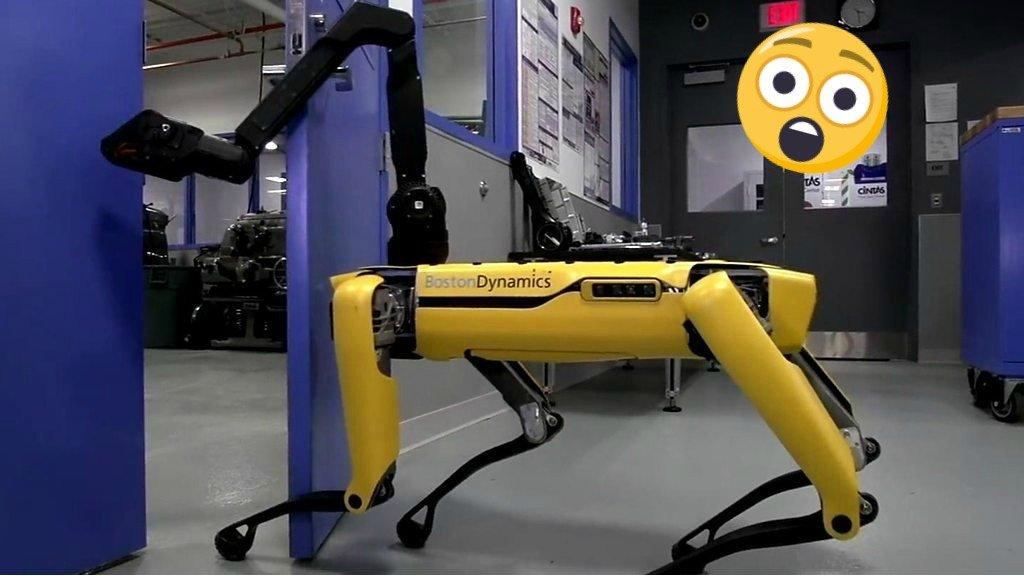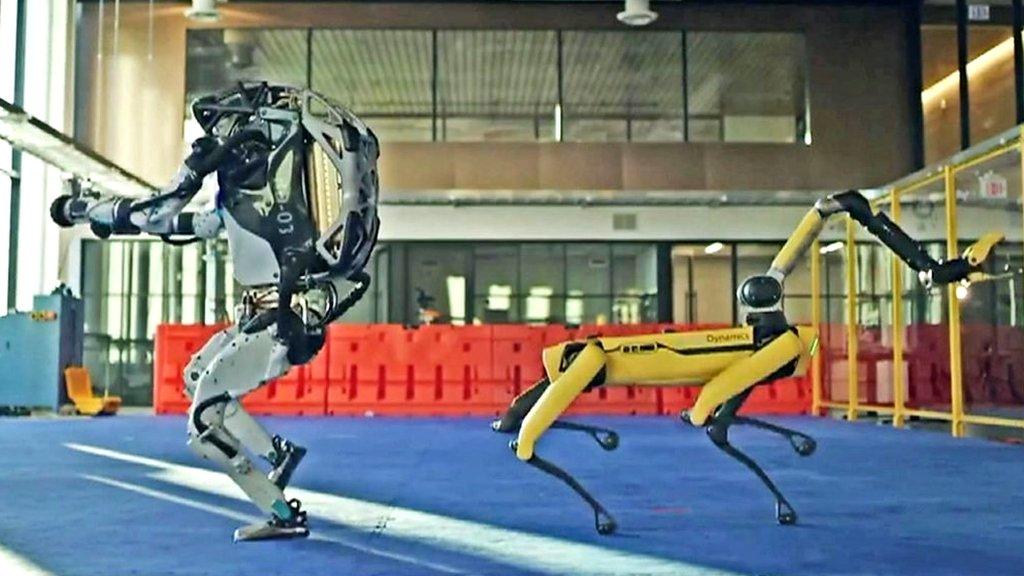Scientists have developed a magnetic slime robot!
- Published
- comments
Scientists have developed a magnetic slime robot! (Credit: Chinese University of Hong Kong)
What's brown, slimy and can move through narrow passages inside the body? It's probably not what you're thinking!
Scientists at the Chinese University of Hong Kong have created a magnetic slime robot! It can carry out tasks like fixing broken circuits and picking up objects. They also think one day it could be put inside the human body to do things like help find items that have been swallowed by accident.
Li Zhang and his colleagues mixed a range of substances together to make the slime which can be controlled by an external magnetic field.
They also added a compound that coats the magnetic particles to make them non-toxic for use in the human body.

The slime can be made to swallow another object
The team then tested how well the soft-bodied robot functions in a range of situations, including finding and surrounding a lost battery in a model stomach and moving along while holding onto a piece of wire and also getting through tiny gaps.
There are robots in existence which can successfully find and hold onto objects and others that can squeeze through tight spaces, however there aren't many that can do both. The robot can also heal itself after being cut into pieces.
"You can first elongate it to a very large extent so it looks like a liquid. Then afterwards, you can roll it like an octopus' arm to carry something," Li Zhang told New Scientist.

The slime can also be made to curl around copper wire through the use of a magnet
However, before they can use the robot inside a real person's body, the scientists will first need to come up with a way of tracking it.
"If you want to control something inside the body to do a specific task, you have to know where the [robot] is and how it's performing," Pietro Valdastri from the University of Leeds told the New Scientist magazine.
It would also need to be tested to make sure the magnetic particles which are toxic on their own aren't able to separate from the slime.
"They need to verify safety with future trials, but it's definitely a sound approach," Valdastri added.
- Published13 February 2018

- Published8 January 2022

- Published10 January 2021

